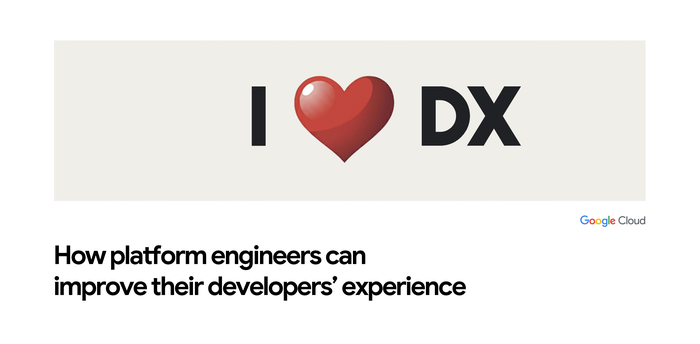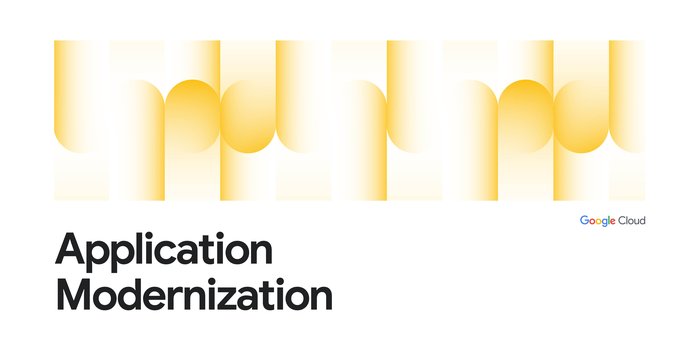Highlights from the 10th DORA report
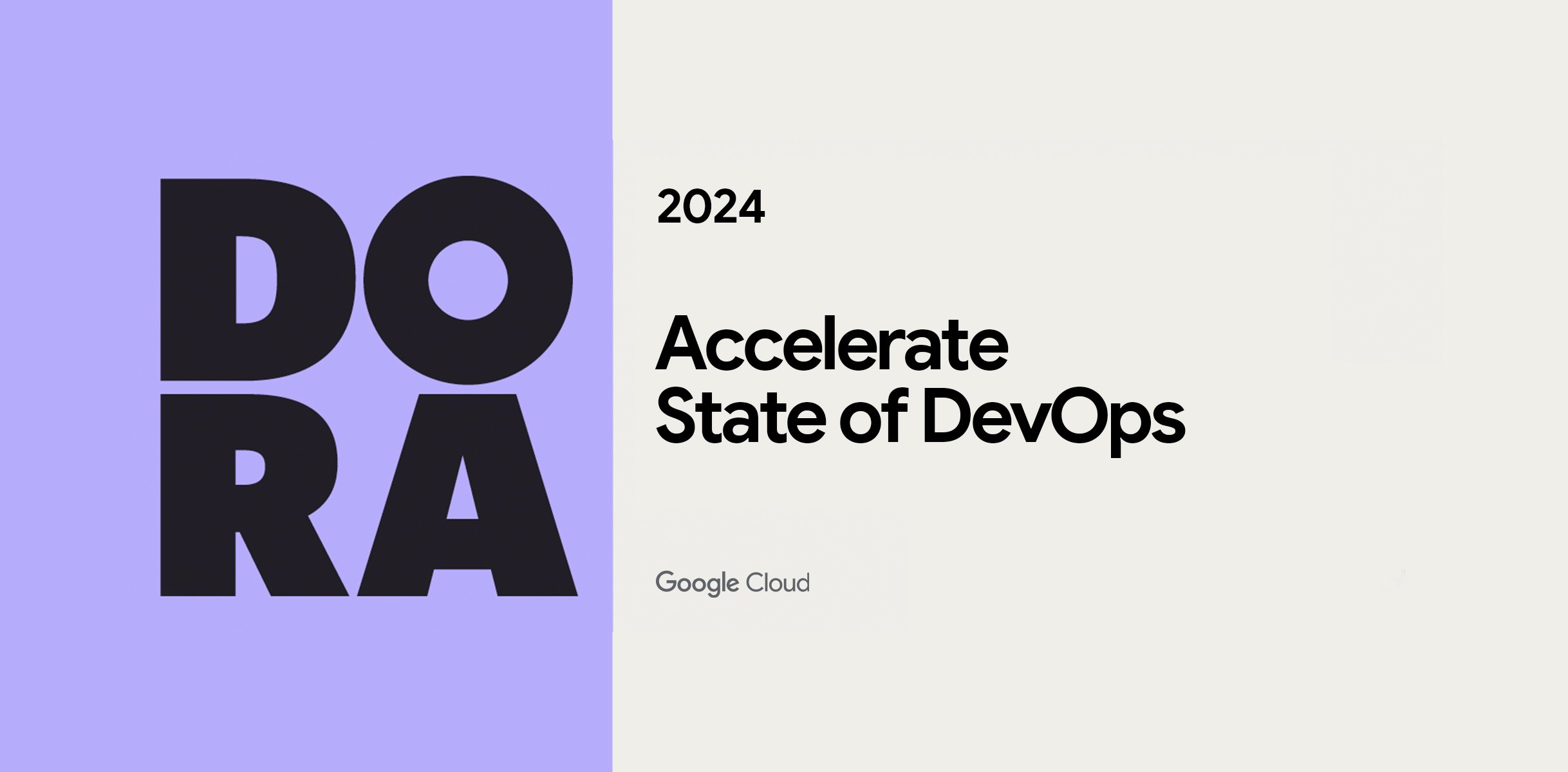
Nathen Harvey
DORA Lead
Derek DeBellis
DORA Research Lead
The DORA research program has been investigating the capabilities, practices, and measures of high-performing technology-driven teams and organizations for more than a decade. It has published reports based on data collected from annual surveys of professionals working in technical roles, including software developers, managers, and senior executives.
Today, we’re pleased to announce the publication of the 2024 Accelerate State of DevOps Report, marking a decade of DORA’s investigation into high-performing technology teams and organizations. DORA’s four key metrics, introduced in 2013, have become the industry standard for measuring software delivery performance.
Each year, we seek to gain a comprehensive understanding of standard DORA performance metrics, and how they intersect with individual, workflow, team, and product performance. We now include how AI adoption affects software development across multiple levels, too.
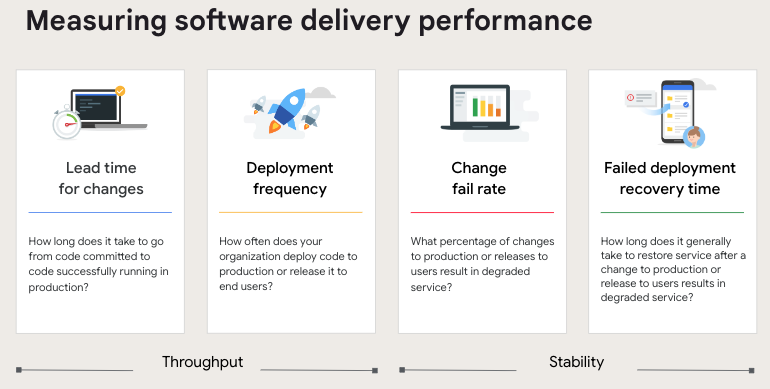

We also establish reference points each year to help teams understand how they are performing, relative to their peers, and to inspire teams with the knowledge that elite performance is possible in every industry. DORA’s research over the last decade has been designed to help teams get better at getting better: to strive to improve their improvements year over year.
For a quick overview of this year’s report, you can read in our executive DORA Report summary the spotlight adoption trends and the impact of AI, the emergence of platform engineering, and the continuing significance of developer experience.
Organizations across all industries are prioritizing the integration of AI into their applications and services. Developers are increasingly relying on AI to improve their productivity and fulfill their core responsibilities. This year's research reveals a complex landscape of benefits and tradeoffs for AI adoption.
The report underscores the need to approach platform engineering thoughtfully, and emphasizes the critical role of developer experience in achieving high performance.
AI: Benefits, challenges, and developing trust
Widespread AI adoption is reshaping software development practices. More than 75 percent of respondents said that they rely on AI for at least one daily professional responsibility. The most prevalent use cases include code writing, information summarization, and code explanation.
The report confirms that AI is boosting productivity for many developers. More than one-third of respondents experienced”‘moderate” to “extreme” productivity increases due to AI.
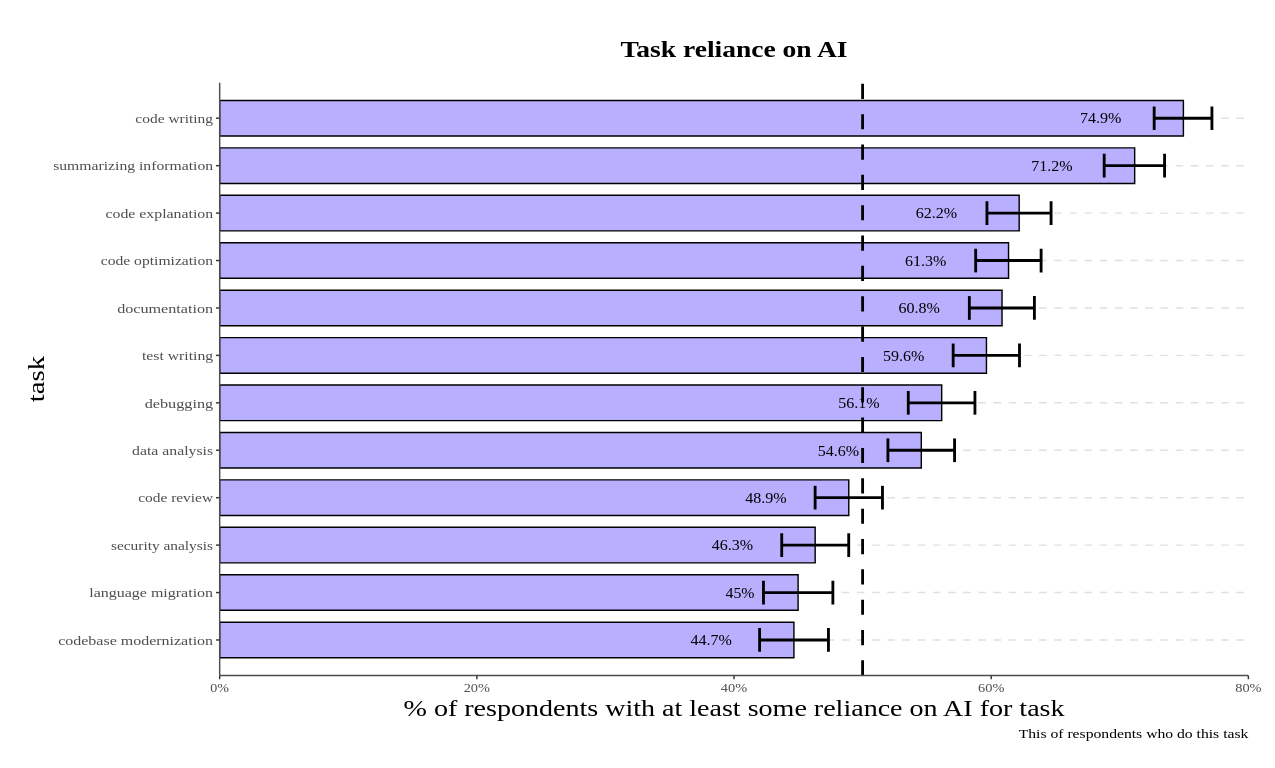

A 25% increase in AI adoption is associated with improvements in several key areas:
-
7.5% increase in documentation quality
-
3.4% increase in code quality
-
3.1% increase in code review speed
However, despite AI’s potential benefits, our research revealed a critical finding: AI adoption may negatively impact software delivery performance. As AI adoption increased, it was accompanied by an estimated decrease in delivery throughput by 1.5%, and an estimated reduction in delivery stability by 7.2%. Our data suggest that improving the development process does not automatically improve software delivery — at least not without proper adherence to the basics of successful software delivery, like small batch sizes and robust testing mechanisms. AI has positive impacts on many important individual and organizational factors which foster the conditions for high software delivery performance. But, AI does not appear to be a panacea.
Our research also shows that despite the productivity gains, 39% of the respondents reported little to no trust in AI-generated code. This unexpected low level of trust indicates to us that there is a need to manage AI integration more thoughtfully. Teams must carefully evaluate AI’s role in their development workflow to mitigate the downsides.
Based on these findings, we have three core recommendations:
-
Enable your employees and reduce toil by orienting your AI adoption strategies towards empowering employees and alleviating the burden of undesirable tasks.
-
Establish clear guidelines for the use of AI and address procedural concerns and foster open communication about its impact.
-
Encourage continuous exploration of AI tools and provide them dedicated time for experimentation, and promote trust through hands-on experience.
Platform engineering: A paradigm shift
Another emerging discipline our research focused this year is on platform engineering. Its focus is on building and operating internal development platforms to streamline processes and enhance efficiency


Our research identified 4 key findings regarding platform engineering:
-
Increased developer productivity: Internal development platforms effectively increase productivity for developers.
-
Prevalence in larger firms: These platforms are more commonly found in larger organizations, suggesting their suitability for managing complex development environments.
-
Potential performance dip: Implementing a platform engineering initiative might lead to a temporary decrease in performance before improvements manifest as the platform matures.
-
Need for user-centeredness and developer independence: For optimal results, platform engineering efforts should prioritize user-centered design, developer independence, and a product-oriented approach
A thoughtful approach that prioritizes user needs, empowers developers, and anticipates potential challenges is key to maximizing the benefits of platform engineering initiatives.
Developer experience: The cornerstone of success
One of the key insights in last year’s report was that a healthy culture can help reduce burnout, increase productivity, and increase job satisfaction. This year was no different. Teams that cultivate a stable and supportive environment that empowers developers to excel drive positive outcomes.
Move fast and constantly pivot’ mentality negatively impacts developer well-being and consequently, on overall performance. Instability in priorities, even with strong leadership, comprehensive documentation, and a user-centered approach — all known to be highly beneficial — can significantly hinder progress.
Creating a work environment where your team feels supported, valued, and empowered to contribute is fundamental to achieving high performance.
How to use these findings to help your DevOps team
The key takeaway from the decade of research is that software development success hinges not just on technical prowess but also on fostering a supportive culture, prioritizing user needs, and focusing on developer experience. We encourage teams to replicate our findings within your specific context.
It can be used as a hypothesis for your experiments and continuous improvement initiatives. Please share those with us and the DORA community, so that your efforts can become part of our collaborative learning environment.
We work on this research in hopes that it serves as a roadmap for teams and organizations seeking to improve their practices and create a thriving environment for innovation, collaboration, and business success. We will continue our platform-agnostic research that focuses on the human aspect of technology for the next decade to come.
To learn more:
-
Share your experiences, learn from others, and get inspiration by joining the DORA community.
-
Measure your team’s software delivery performance in less than a minute using DORA's Quick Check.
